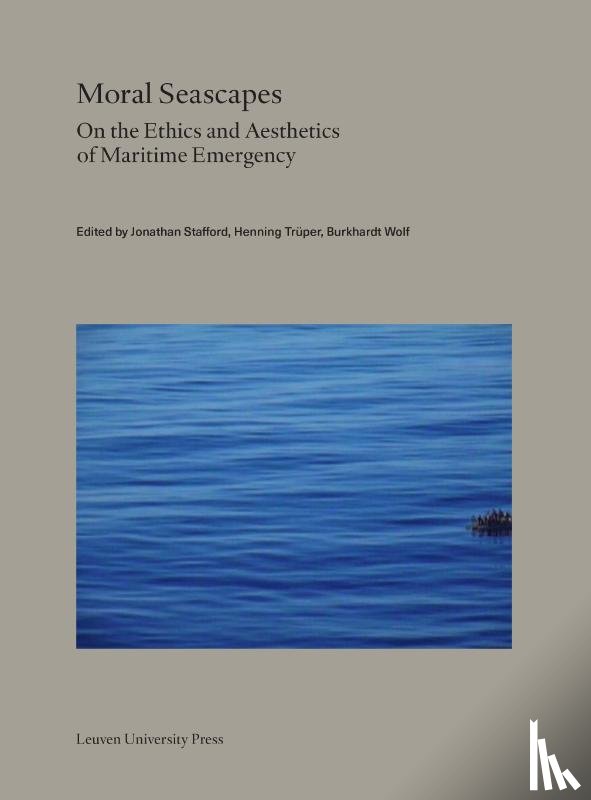Stel een vraag
Ik heb een vraag over het boek:
‘Moral Seascapes - Giubilaro, Chiara, Weinelt, Nora, Van Gelder, Hilde, Von Müller, Johannes, Jakob, Rafael, Heimes, Alexandra, Gellai, Szilvia, Wagner, Benno, Münkner, Jörn’.
Vul het onderstaande formulier in.
We zullen zo spoedig mogelijk antwoorden.


